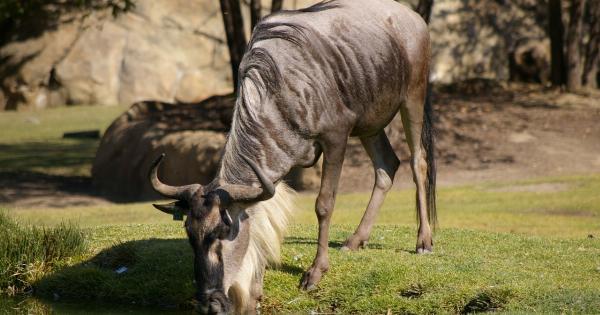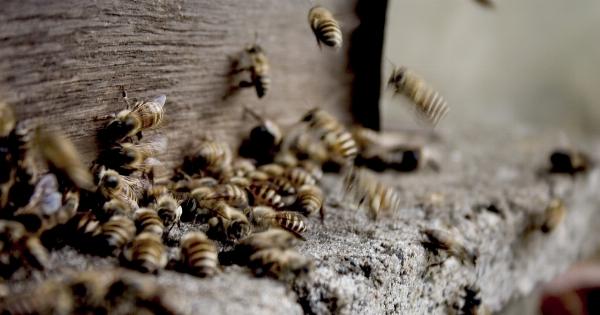Livestock farms around the world use numerous types of drugs to maintain the health and productive capacity of their animals. These drugs include antibiotics, antiparasitics, hormones, and growth promoters, among others.
While these drugs may seem necessary to ensure sufficient production of meat, milk, and eggs, they may pose a significant hazard to the environment by creating a range of unintended consequences. This article looks at how livestock drugs affect our ecosystem.
Antibiotics and Bacteria Resistance
The use of antibiotics in animal agriculture creates a significant risk of bacteria developing resistance to antibiotics.
This resistance may result in the emergence of antibiotic-resistant bacteria that can cause severe infections in humans, thereby rendering antibiotics useless in such circumstances. Chances of human infection increase when the antibiotic-resistant bacteria spread into the environment after disposal of livestock waste.
This ultimately sets the stage for antibiotic-resistant bacteria becoming prevalent in ecosystems and significantly impacting human health.
Hormones and Chemicals in Food
Hormones and chemicals fed to livestock result in harmful chemicals remaining in the meat, eggs, and milk products produced by the animals. When ingested, these chemicals can lead to hormonal imbalances and other health complications in humans.
The hormones used in animal feed may also impact reproductive health and result in diminished fertility among humans. This could lead to the birth of children with physical and mental disabilities as well as the development of various cancers.
Waste and Water Pollution
The poor disposal of livestock waste can have severe environmental consequences, particularly in the water supply used by humans.
Livestock farms often store large amounts of manure, sludge, and other waste products that can leach harmful bacteria, pathogens, and chemicals into groundwater and surface water. This can lead to widespread pollution, which can make water unsafe for drinking and other uses. The runoff from livestock farms can also lead to algal blooms and cause fish and other aquatic life to die of oxygen depletion.
Climate Change and Greenhouse Gas Emissions
Animal agriculture contributes directly to climate change and increased greenhouse gas emissions. The largest of these emissions come from the use of feed production, animal respiration, and manure decomposition.
These sources release significant amounts of methane, nitrous oxide, and carbon dioxide into the atmosphere. Methane is a potent greenhouse gas, with a global warming potential that is 28 times greater than carbon dioxide, while nitrous oxide can warm the earth up to 300 times more than carbon dioxide over the long term.
This, in turn, contributes to global warming, which has significant impacts on ecosystems, human health, and economic growth.
Reducing The Impact of Livestock Drugs
There are several ways to control the impact of livestock drugs on the environment. One effective way is to reduce or eliminate the use of antibiotics in animal agriculture.
Additionally, farmers can reduce the amount of waste produced through proper management and disposal of livestock. The use of clean and renewable energy sources such as wind, solar power and biogas can help reduce the quantity of greenhouse gases released into the environment, thus reducing the risk of climate change.
Another alternative is for humans to shift to a plant-based diet, which is ecologically friendly and has numerous health benefits.
Conclusion
The use of livestock drugs in animal agriculture has significant environmental impacts, often leading to pollution, global warming, and other hazards to human health.
However, by changing our farming and consumption habits, it is possible to reduce the damage that animal agriculture is causing to our ecosystem. Animal agriculture, when done responsibly, can help meet the growing demand of the world’s population for protein while preserving the environment for future generations.




























